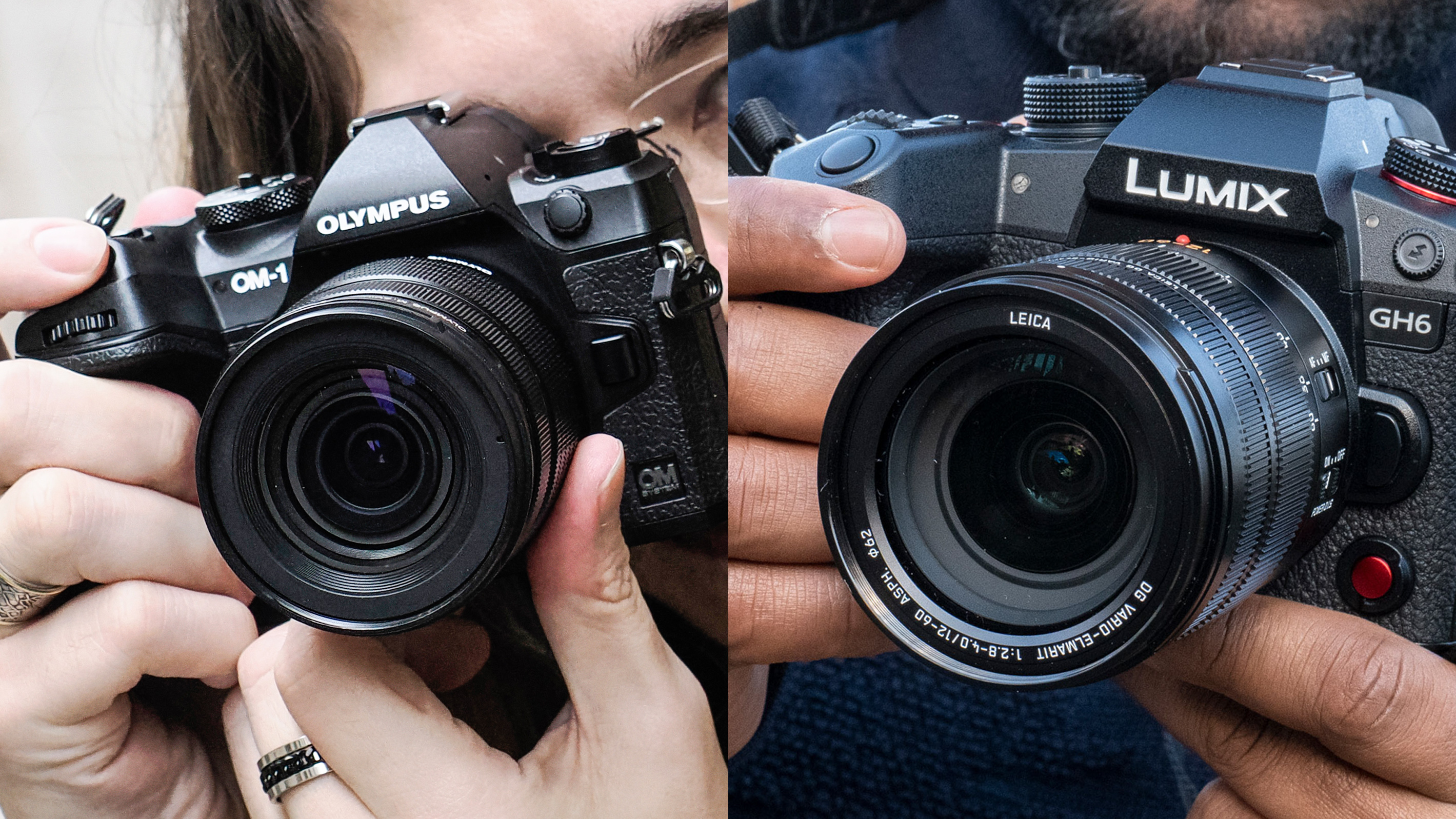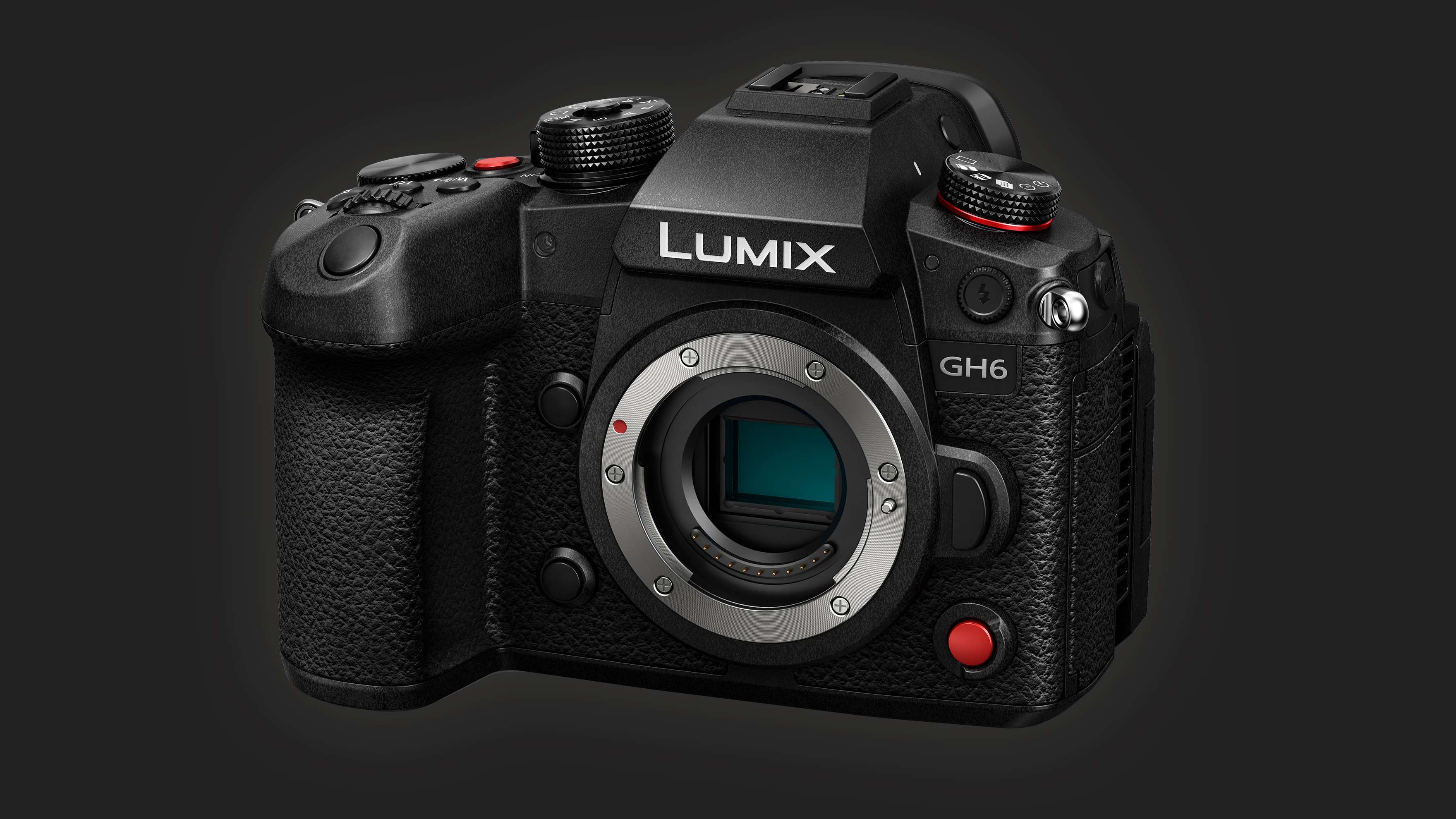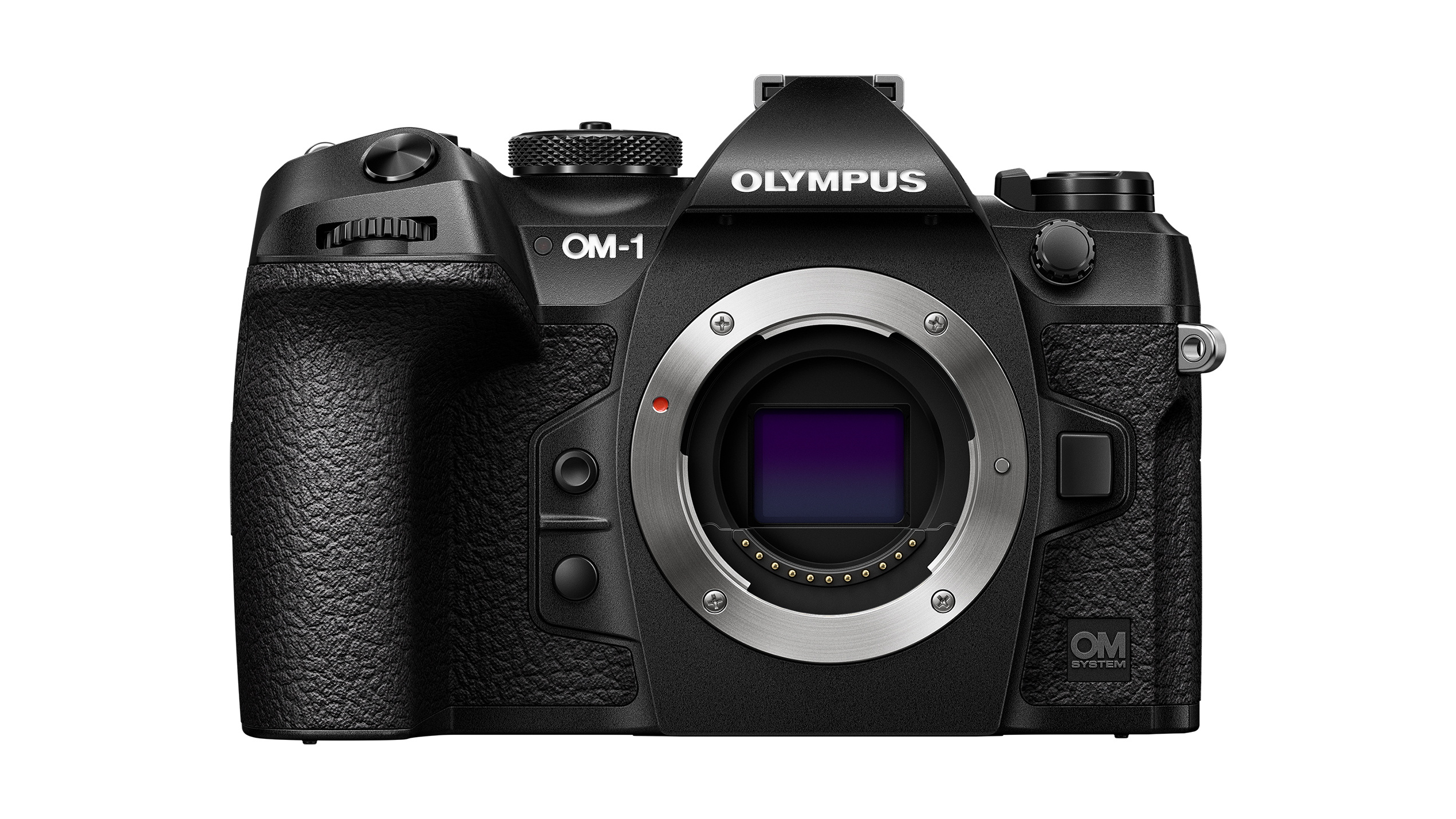Panasonic & Olympus MFT cameras take big step to close gap on full-frame rivals
The OM Systems OM-1 and Panasonic GH6 show big pluses for the small Micro Four Thirds camera format

The Micro Four Thirds sensor format has had two big shots in the arm recently (an appropriate analogy in current times) with the arrival of the OM System Olympus OM-1 and the Panasonic Lumix GH6.
Both flagship mirrorless camera introduce much-needed upgrades to the design of the Micro Four Thirds (M43) sensor that, if nothing else, might at least keep the naysayers quiet and allow everybody else to better consider the merits of the format.
The Panasonic GH6 is primarily designed for video-makers – an application to which the M43 sensor is ideally suited – but the Olympus OM-1 is definitely for photographers with an emphasis on the sports, action, adventure and wildlife fields, i.e. the great outdoors.
I should point out here that I’m not a M43 shooter, but I’m a big fan and have been ever since it kicked off the whole mirrorless camera thing with the Lumix G1 and the Olympus Pen E-P1. Now, as then, the sensor size delivers many more pros than cons, and the latest developments from OM Digital Solutions and Panasonic address a couple of the latter.


The new OM-1’s sensor employs a stacked design which, by default, is also BSI (backside illuminated), so both speed and sensitivity are the beneficiaries, leading to a number of significant performance benefits – most notably, a wider dynamic range, lower noise levels, faster shooting speeds for stills and faster video frame rates.
It’s probable that the GH6’s new sensor is a stacked design too, but Panasonic is being coy about the exact details. However, it’s unlikely that the 25% increase in resolution couldn’t have been achieved without it at least having a BSI-type arrangement to free up more space on the surface. And it almost certainly needs a fast sensor read-out in order to achieve continuous shooting at 75fps (albeit with the AF/AE locked to the first frame).
Perhaps more significant though is Panasonic’s adoption of a dual high/low gain output – which simultaneously captures an image with lower noise in the shadows and increased detail in the highlights and merges them on the fly – effectively overcomes the reduced dynamic range of a smaller sensor with smaller pixels. The dual-gain sensors we’ve seen so far do either one or the other, depending on the selected ISO, so the GH6’s Dynamic Range Boost is something new and essentially delivers an HDR image without any of the usual issues. The quoted dynamic range is 13 stops, which is into full-frame sensor territory.
Get the Digital Camera World Newsletter
The best camera deals, reviews, product advice, and unmissable photography news, direct to your inbox!
By the way, in electronics, gain means amplification, so with DRB, there are two outputs from each pixel (incidentally, analog signals at this stage) – one with low amplification that avoids clipping the brighter highlights and one with higher amplification to brighten the shadows, but without the usual increase in noise. For stills, DRB kicks in automatically at ISO 800 and above (it’s switchable when shooting video), so it’s clearly going to benefit the image quality when using high sensitivity settings.



With the new OM-1 we’ve seen the best high ISO performance of any M43 camera ever, and while it doesn’t bridge the gap to the star full-frame low-light performers, it closes it significantly and certainly now allows the smallest mirrorless format to easily compete with APS-C. And, for many potential users, there’s all the resolution they’ll ever need, with the high-res shot function becoming steadily more useable and enabling bigger image files when they’re needed.
So now the benefits of the smaller sensor size can really be emphasized. Neither the OM-1 nor the GH6 are especially small, but fit a telephoto lens – such as a 100-400mm zoom, which is effectively a 200-800mm – and it’s a very different story. With the key imaging performance issues effectively sorted, M43 now warrants a lot more consideration if mobility is a priority.
Read more
Best Micro Four Thirds cameras
Best Micro Four Thirds lenses

Paul has been writing about cameras, photography and photographers for 40 years. He joined Australian Camera as an editorial assistant in 1982, subsequently becoming the magazine’s technical editor, and has been editor since 1998. He is also the editor of sister publication ProPhoto, a position he has held since 1989. In 2011, Paul was made an Honorary Fellow of the Institute Of Australian Photography (AIPP) in recognition of his long-term contribution to the Australian photo industry. Outside of his magazine work, he is the editor of the Contemporary Photographers: Australia series of monographs which document the lives of Australia’s most important photographers.
